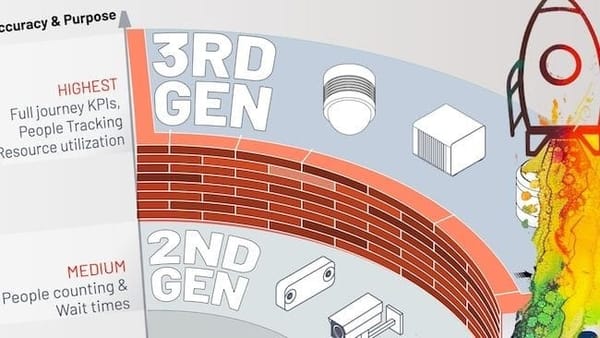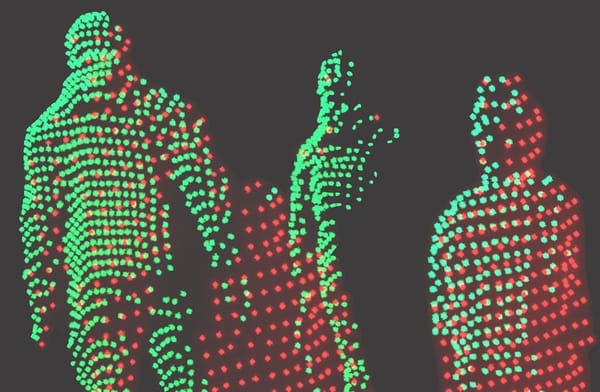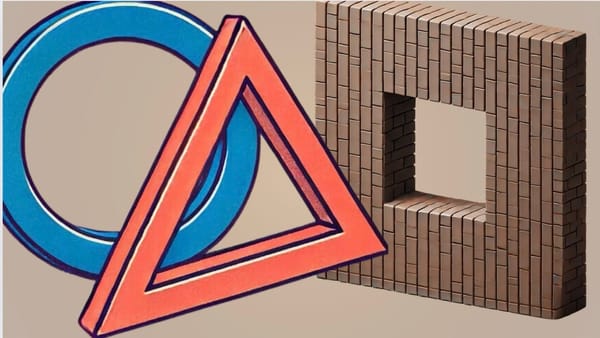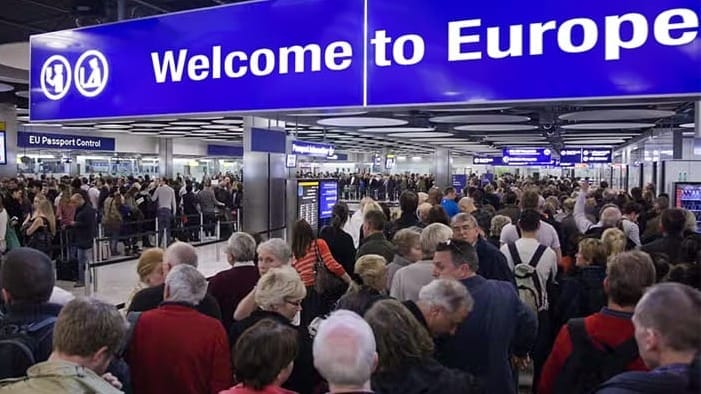
Increasing Visibility and Agility in Queue Operations Ahead of the ETIAS and EES Launch
ETIAS and EES is set to introduce new challenges for airports; 3D LiDAR technology optimizes queue management and enhances security, ensuring smooth operations and improved passenger experience.
The 2025 rollout of the European Travel Information and Authorization System (ETIAS) and the Entry/Exit System (EES) will bring a fundamental transformation to airport operations across Europe.

These systems aim to boost border security by collecting biometric data and pre-authorizing travelers. But, they create major challenges for airport operators.
They must manage passenger flow, reallocate resources, and maintain security.
Understanding the ETIAS & EES impact on airport operations
ETIAS will require visa-exempt, non-EU travelers to get pre-travel authorization. EES will replace passport stamping with biometric data collection, like fingerprints and facial recognition.
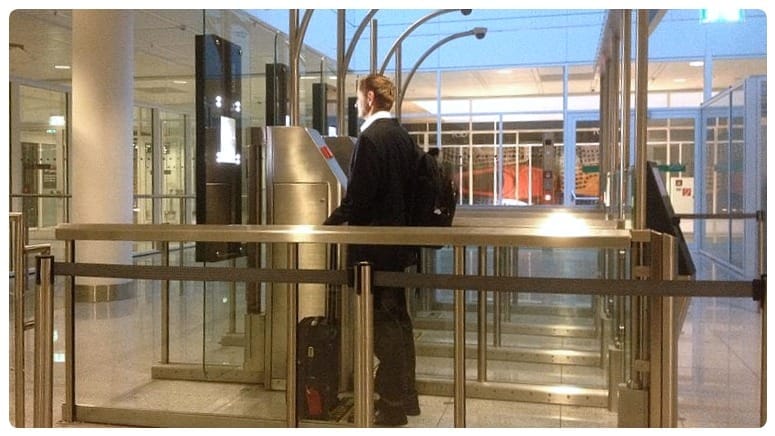
These systems will modernize European border control. But, their use will pose logistical challenges.
Key Challenges
- Border Control Overload: The switch to biometric data under EES could cause delays at peak travel times. Many passengers may arrive without their ETIAS authorization. This will cause a surge in last-minute applications, straining border control systems.

- Congested Queues: Airports must manage a complex flow of passengers across immigration, registration, and security checkpoints. Poor queue management could lead to long delays and crowded terminals. This would create bottlenecks that hurt the passenger experience.
- Strained Resources: As ETIAS and EES demand more, airports must redeploy staff to assist passengers with these new processes. Managing biometric data, fixing technical issues, and guiding travelers will need a strategic staffing approach.
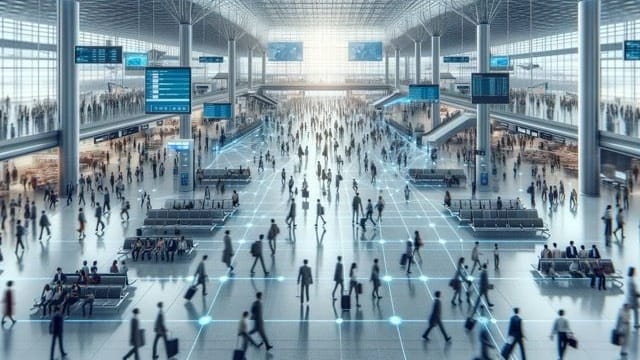
- Security Risks in Crowded Areas: Long queues and congestion could pose security risks. They hinder the effectiveness of surveillance systems. As crowds grow, it becomes harder to spot suspicious behavior. This leaves airports vulnerable to blind spots.
LiDAR-based Solution for Airports
To help airports, we offer a solution: Shift; The most advanced Spatial AI Software Platform.

It captures precise data on crowd density, movement, and behavior. It enables real-time monitoring of passenger flow without invading privacy.
Zones automatically detect changing queues.
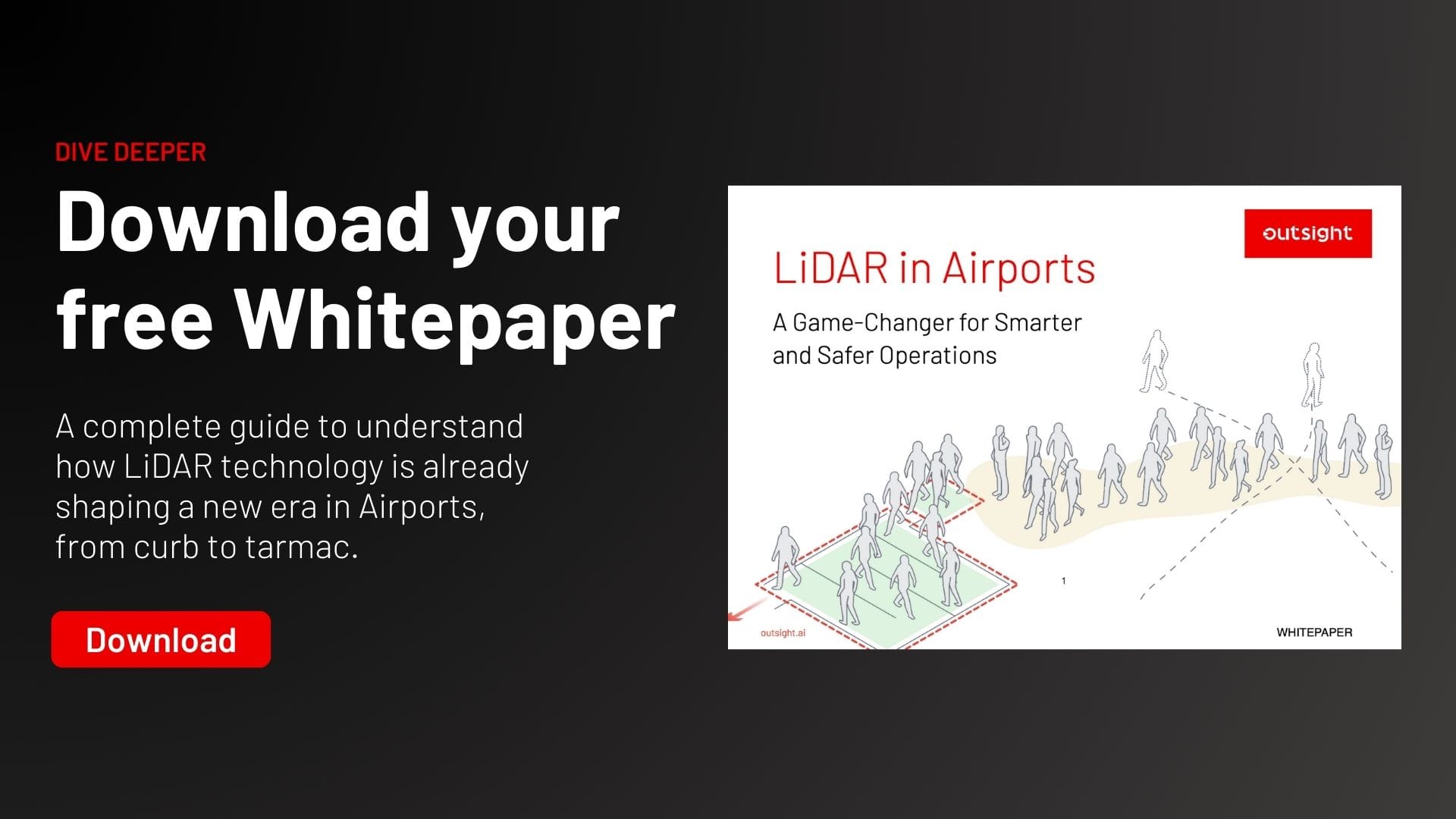
Get in contact with us to schedule a live demo of our Airport Solutions.
How We Help Airport Operations
- Proactive Queue Management: Our 3d LiDAR solution tracks passenger movement in real time. This lets airport staff adjust queues at border control, registration, and security as needed. It minimizes bottlenecks, even at peak travel times. It greatly reduces passenger wait times.
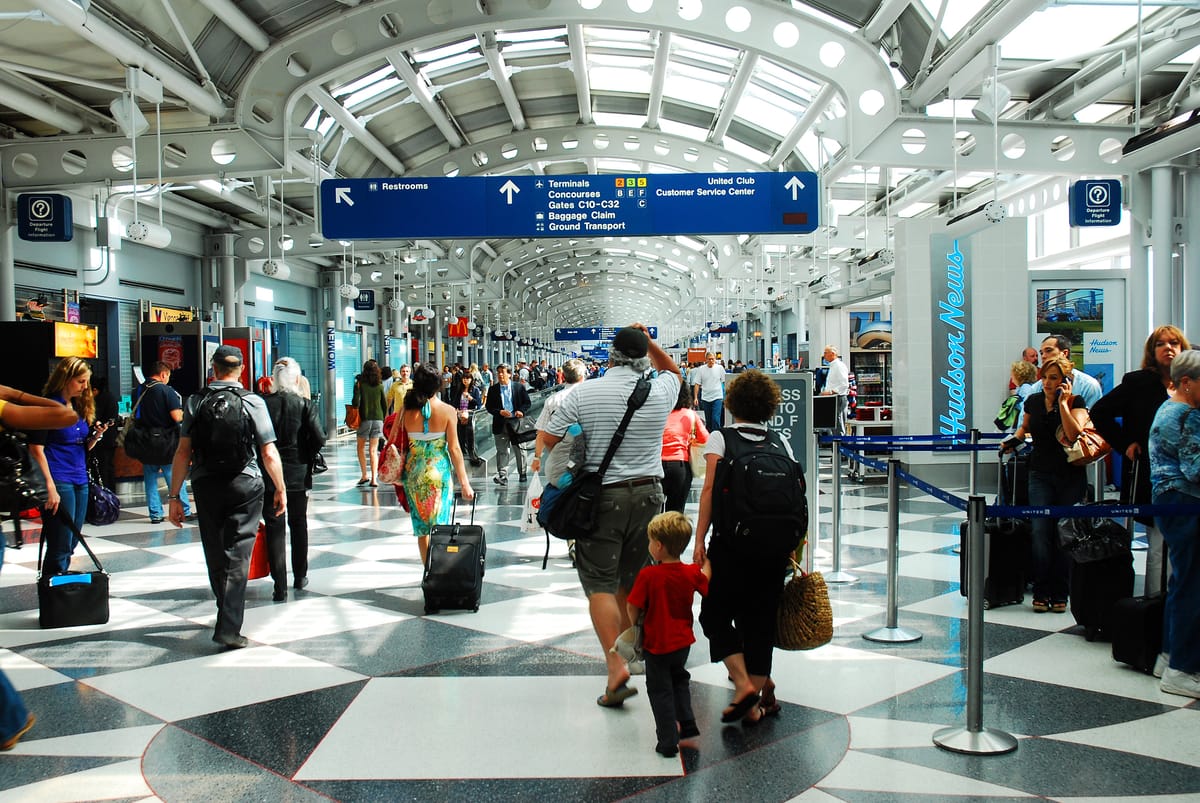
- Data-Driven Resource Allocation: We provide real-time heatmaps and analytics. These show congestion and low-traffic areas. With these insights, airport managers can strategically deploy staff and resources to where they are most needed, optimizing efficiency without increasing operational costs.
- Enhanced Security Through Real-Time Monitoring: The 3D-LiDAR software platform helps security teams maintain vigilance by offering detailed, real-time tracking of crowd movement. Alerts trigger for unusual patterns. Staff can then respond to potential security risks before they escalate.
- Improved Passenger Experience: The Spatial AI platform, Shift, uses real-time data to enhance airport operations. This improves the overall passenger experience.
Our solution has already proven effective in major airports. For example, at Charles de Gaulle Airport in Paris thanks to its real-time queue management capabilities.
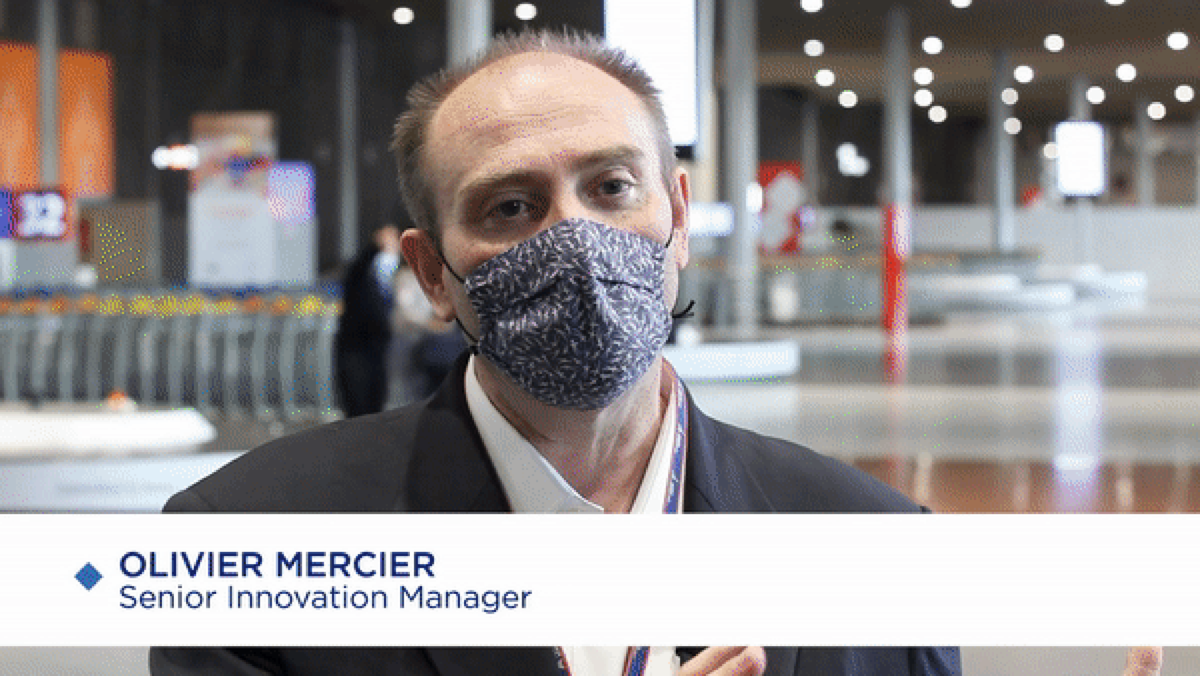
Future-Proofing Airport Operations
As ETIAS and EES reshape the operational landscape of European airports, it is essential for airports to adopt advanced technology solutions that can manage these new challenges effectively.
Spatial Intelligence Platform allows for user to define their KPIs and zones.
Our 3D LiDAR-based Spatial Intelligence platform is a powerful tool. It helps airports turn obstacles into opportunities. It allows them to maintain high service standards while meeting new regulations.
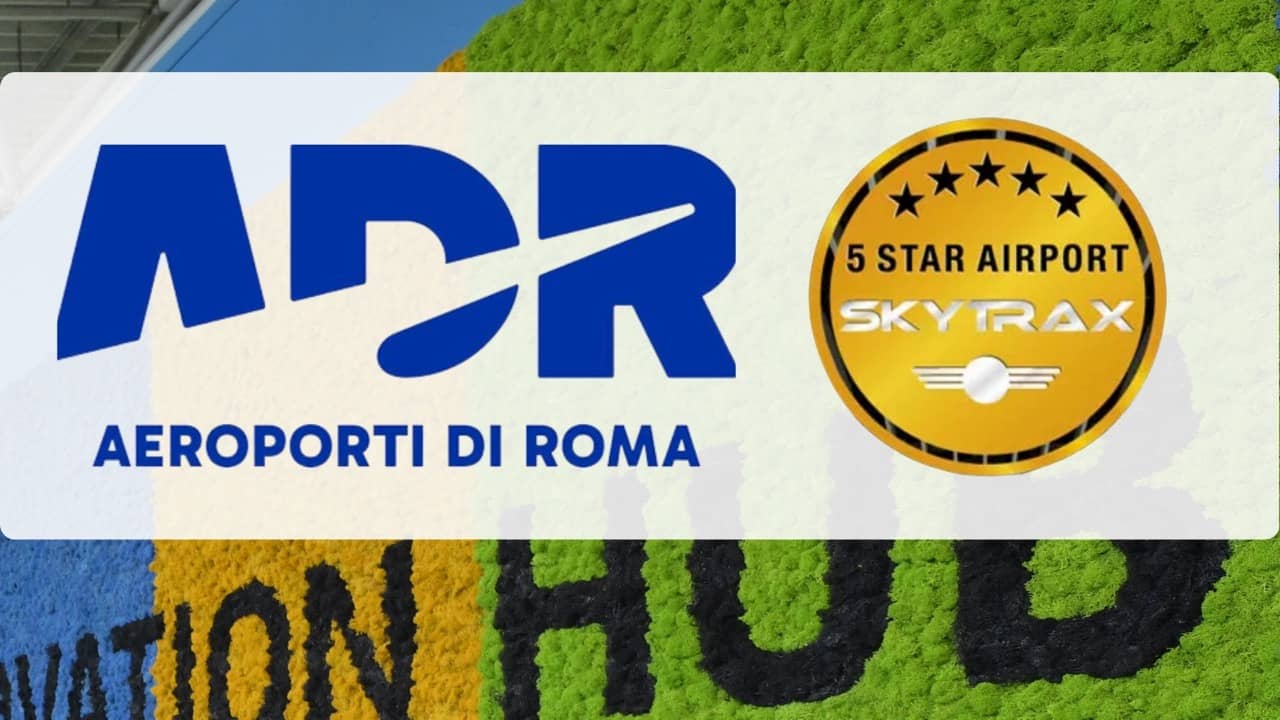
Now is the time to prepare. By implementing LiDAR technology, airports can now ensure compliance with ETIAS and EES and also enhance security, optimize resource allocation, and improve the passenger experience.
Get Ready for the Future

To stay ahead of the curve, airports must embrace technology that will counter the problems of integrating ETIAS and EES.
Contact us to schedule a demo. Our solutions can future-proof your airport. They will turn the challenges of ETIAS and EES into opportunities for excellence.









